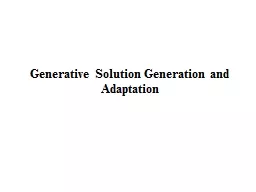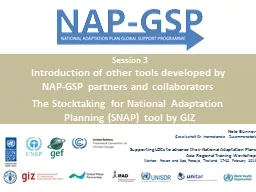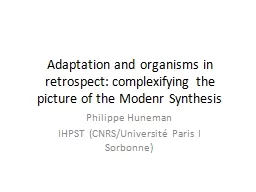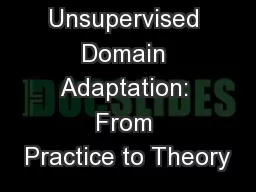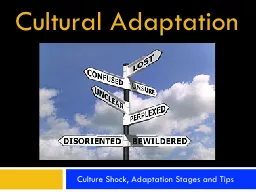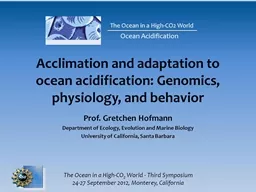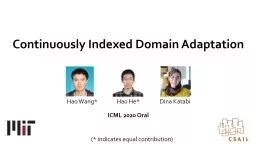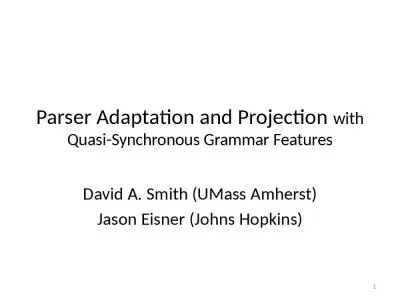PPT-Domain Adaptation
Author : sherrill-nordquist | Published Date : 2017-06-23
John Blitzer and Hal Daumé III TexPoint fonts used in EMF Read the TexPoint manual before you delete this box A A A A A A A A A Classical Singledomain Learning
Presentation Embed Code
Download Presentation
Download Presentation The PPT/PDF document "Domain Adaptation" is the property of its rightful owner. Permission is granted to download and print the materials on this website for personal, non-commercial use only, and to display it on your personal computer provided you do not modify the materials and that you retain all copyright notices contained in the materials. By downloading content from our website, you accept the terms of this agreement.
Domain Adaptation: Transcript
Download Rules Of Document
"Domain Adaptation"The content belongs to its owner. You may download and print it for personal use, without modification, and keep all copyright notices. By downloading, you agree to these terms.
Related Documents


